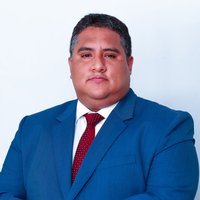Alberto Rojas, Peru
"It is necessary to build a national vision for artisanal and small-scale mining through a National Policy"
Alberto Rojas
Mining Formalization Director-General
Ministry of Energy and Mines of Peru
Lima, Peru
Alberto Rojas, Mining Formalization Director-General of the Ministry of Energy and Mines of Peru shares how the formalization of the artisanal and small-scale gold mining (ASM) sector is needed to promote responsible, innovative practices that will reduce the negative impacts of ASM on local communities.
Credit: El Peruano Official Gazette
What problems do you think are most urgent to solve related to artisanal and small-scale gold mining (ASGM) in the Amazon?
There is no doubt that the substitution of mercury as a chemical input in artisanal gold processing is a critical issue that needs to be addressed. Another very important issue to solve is finding new prospecting and exploration methods that are less invasive and that help identify mineralized areas without impacting the land’s surface, ecosystems, or other types of natural resources.
What are the latest developments related to the current status of ASM in Peru?
At the General Directorate of Mining Formalization, we believe that it is necessary to build a national vision for artisanal and small-scale mining. We are working on the first public policy on ASM that proposes measures that will improve the formalization process, environmental protection, overall working conditions, and the competitiveness of artisanal and small-scale mining.
In your experience, what has been a milestone in the ASM space?
At the end of 2018, after a lot of effort and support from the Regional Directorate of Energy and Mines of Madre de Dios, the National Water Authority, and the perseverance of artisanal miners, it became possible to formalize the first mining operations of the Madre de Dios Region. Currently, we have 301 formalized miners in 145 formal mining operations, this is a fact that undoubtedly needs to be highlighted, and that shows that there is an effort by all actors to promote actions that help improve the performance of small-scale mining and artisanal mining.
What are the greatest opportunities for innovation in ASM regionally?
So far, there is no method or technology that can serve as an alternative to mercury, that generates acceptance in the entire mining community; for example, the use of shaking tables has been encouraged, but the expected results have not been achieved. Similarly, there is a lack of pricing incentives to reward the gold that is obtained using clean technologies and, furthermore, it is necessary to improve marketing channels to achieve traceability of the gold produces under appropiate conditions.
What excites you most about the Artisanal Mining Grand Challenge: the Amazon?
I appreciate the initiative’s aim to achieve more responsible artisanal mining practices, this also has a great impact on caring for the environment and people’s health. I believe that this initiative helps the Peruvian Government to learn about innovative projects that can contribute to improve artisanal and small-scale mining practices.


